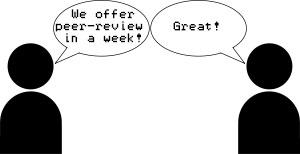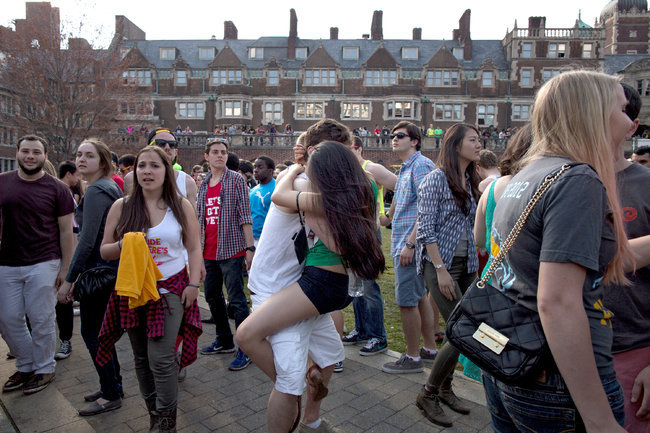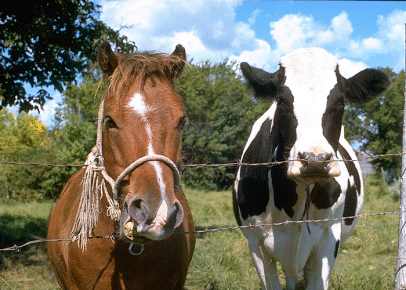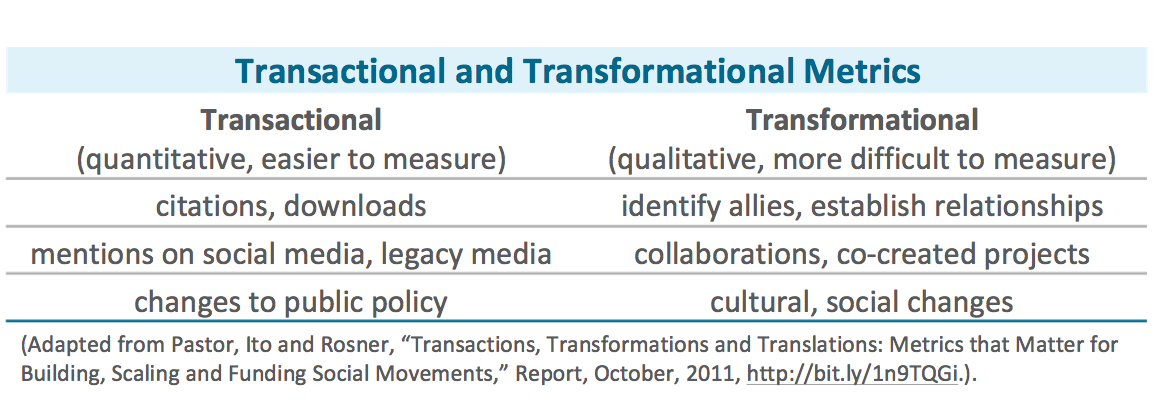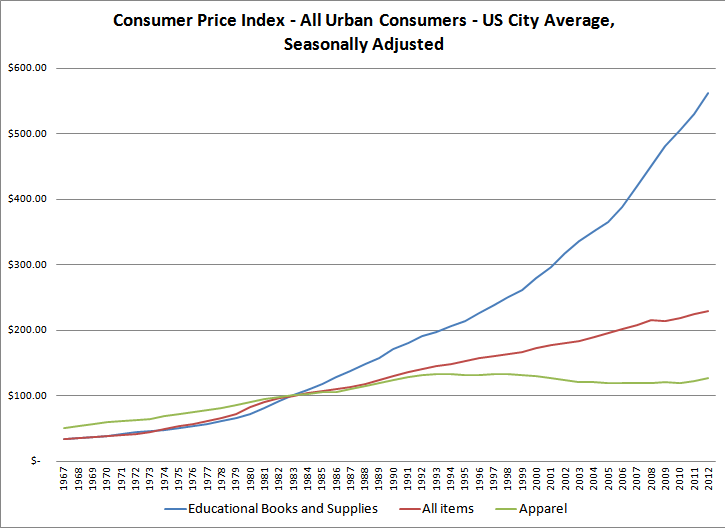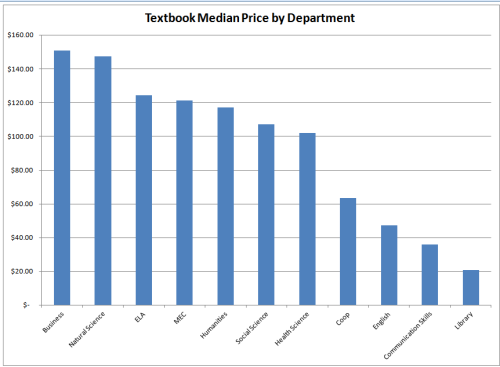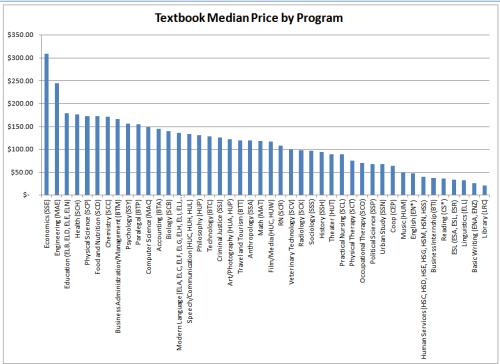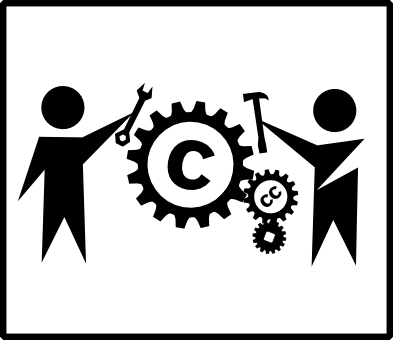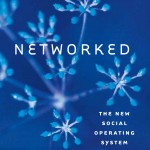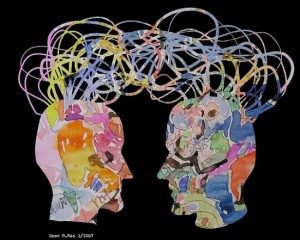Dawn Porter is a lawyer turned documentary film maker whose film, Gideon’s Army, follows three public defenders in the Deep South. Her film chronicles the lives of these public defenders and emphasizes the personal stories of their clients to show the realities of, and inequalities in, the criminal justice system. In this interview we talk about how she constructed the film and what impact she hopes it will have.
Listen to Dawn Porter on Gideon’s Army
Heidi Knoblauch: The first question I have is could you share a little bit about yourself, your work on “Gideon’s Army” and how you think of your work as a documentary filmmaker, as a form of activism, art, or both? A more targeted question would be: when did you decide to become a documentary filmmaker?
Dawn Porter: I actually decided I wanted to make a documentary film, which I think is different than deciding I wanted to be a filmmaker. I was working for A&E Television, and I just felt like I wasn’t seeing a lot of stories about minorities or stories that I cared about. There were things I was interested in that I thought other people would be interested in too, and I thought, “You know, I think I could do this.”
When I met Jonathan Rapping and the public defenders I thought, “This is a great story that I have access to, but also that I think I understand as a lawyer.” That’s kind of how it started. I really started out thinking I wanted to make a film. I wasn’t thinking about a whole career shift at first.
Heidi Knoblauch: I know that the film is based on the 1963 Gideon v. Wainwright decision, why did you choose to focus on that? What led you to focus on the public defenders?
Dawn Porter: I think that, like most people, I didn’t really understand what public defenders do, how critical they are to our system of democracy. I think that most important, I didn’t understand at all why anybody would do their job. It’s just such a tough job, such little pay and long hours. I couldn’t really… I just was really curious, why would anybody want to defend people who are accused of terrible things?
I was really just curious about them. I also felt, once I got to know them, I felt like what they do is so misunderstood and so misrepresented. I thought that doing a film could add to the public conversation about what they do and show people why they do it, but also why it’s so important and why we should all care about it.
Heidi Knoblauch: That leads into another question that I had, which is who are your target audiences?
Dawn Porter: I think it’s really everybody. I think it’s for the general public, which I put myself in. It’s did you know that 80% of people accused of crimes are represented by public defenders, which leads to the follow-up, that means 80% of people who are being arrested in this country are, if not at poverty level, are very low-income. I think that that’s a striking statistic.
Then I think for public defenders it was to encourage them to explain to people why they do what they do and why it’s important. I think a lot of times public defenders get so much negative publicity that they tend to kind up give up on the general public and not explain what they do, and I think people are open to it if they have those dialogues. For them it was be proud of what you do, you’re so important to our system.
Heidi Knoblauch: Cara Mertes, who leads JustFilms at the Ford Foundation, has said “thinking about impact will make your film better.” Did you think about the impact you wanted this film to have before you made it? How did that shape the film?
Dawn Porter: I think, like a lot of people, I thought about it a little bit abstractly. When you’re making a film your first goal is to make a good film, but along the way I think I realized that it could be a really important part of a conversation that’s happening in this country about criminal justice and criminal justice reform.
I think what Cara says is absolutely right. We should be thinking all along the way for opportunities to spread the message and also who our audiences are, who are allies might be, who might be the microphones for our film, who might use it to make social change.
I think I came to it a little bit later than she was talking about, but along the way that was a really critical part of what we were doing, engaging the public defenders, the ACLU, other social justice, criminal justice outfits. They’ve been fantastic in hosting screenings and publicizing the film and that, I think, has led to a really successful rollout, culminating on HBO.
Heidi Knoblauch: What do you think the film says about the criminal justice system in our country?
Dawn Porter: I think it says that there’s a whole class of people who are invisible and that we have a criminal justice system that works very differently if you’re poor than if you’re wealthy. Since most of the people being brought into it are poor, I think we should be alarmed and horrified by what passes for justice. I think the young people who are featured, who are the lawyers in the film … The other thing I think it says is, “Those are patriots. Those are people who love our Constitution, love our country. They are doing the unpopular thing, but they are also the last protection for people accused of serious crimes.”
There’s almost nothing more serious that you can do than to lock somebody up and strip them of their rights. To make sure that we do that properly… And that’s why we started this film with Travis saying, “If you’re going to take my liberty, you’ve got to do it right.” It’s just one of the most important things we can do. We see, across the world, people are fighting for the ability to have fair trials and free speech. That’s what public defenders do. They’re representing people so that they have fair process.
Heidi Knoblauch: You mentioned that scene with Travis Williams, and I was really blown away by that scene. Why did you decide to focus on a few cases that the public defenders were doing rather than emphasize these huge caseloads, 125 cases or something like that, for each of them.
Dawn Porter: I think that the numbers start to … we get immune to the numbers. When you say, “Twelve million people arrested every year, seven million people in the criminal justice system, two million people in prison,” people get immune to what that really means. What I wanted to do is say, “That’s the backdrop. See how much effort it takes for one of those? Now do the math. Now think about if he has to do this, times 160, what could that possibly be like?”
I think that people, when you slow down and let them understand all that goes into being a good lawyer, I think that it allows them to enter his world and enter his mindset in a way that … If you just put up a big number, it gets a gasp but it doesn’t bring you into his world. If you see actual people … Prisoners become numbers. People accused become numbers and not real people.
What I wanted to show is every single person they’re representing has a family, has a story. If he does his job right he’s supposed to get to know that, but how can he possibly do it with those numbers? I wanted to focus on individual people and not have people be numbers.
Heidi Knoblauch: A major focus of JustPublics@365 is bringing together academics, activists and media makers in ways that promote social justice, civic engagement and greater democracy, and often academics appear as talking heads in documentary films. How can academics push the boundaries and move beyond the role of the talking head?
Dawn Porter: I think that they should really think about what drew them to their work, what made them passionate about their topic in the first place. Don’t hesitate to tell those personal stories if you want to be more than a talking head. We can look up facts. We can’t look up personal stories and experience, and that’s what a person who studies or writes or thinks about really important topics can bring to an interview. That personal experience. Why does this matter? Why do you know it matters? Help us explain to everybody else what you see. I think that’s an incredibly important role for an academic.
Heidi Knoblauch: What are some key projects that would give documentary filmmakers, activists, and academics opportunities to work together? In other words, not necessarily working on documentaries about the Civil Rights Movement, but what are the points of intersection for these three sometimes indistinct groups of people?
Dawn Porter: We all go through a period of research where we’re looking for characters. We’re looking for people to help explain a story. If someone has written extensively about a topic, often you know the people that have really good stories. At the research stage, there’s a great opportunity for collaboration. I think there’s also … For writing proposals, we often have to have experts review the proposals.
That’s a really good collaboration, is finding someone who will read over your submission to the NEH, or National Endowment for the Humanities. It’s a really critical … Foundations and other funders, they want to know that you’re tapped into the people who are thinking exclusively about the topic that you’re working on. At the research and writing proposal stage, there’s a great opportunity to work together with people who are interested in being storytellers.
Heidi Knoblauch: Thank you so much for this great interview. It was wonderful.

 (Image: The interwoven and interdependent connections between the 7,855 members of the Facebook group, Queer Exchange, as of December 1st, 2013. Source: Jack Gieseking CC BY-NC.)
(Image: The interwoven and interdependent connections between the 7,855 members of the Facebook group, Queer Exchange, as of December 1st, 2013. Source: Jack Gieseking CC BY-NC.)

